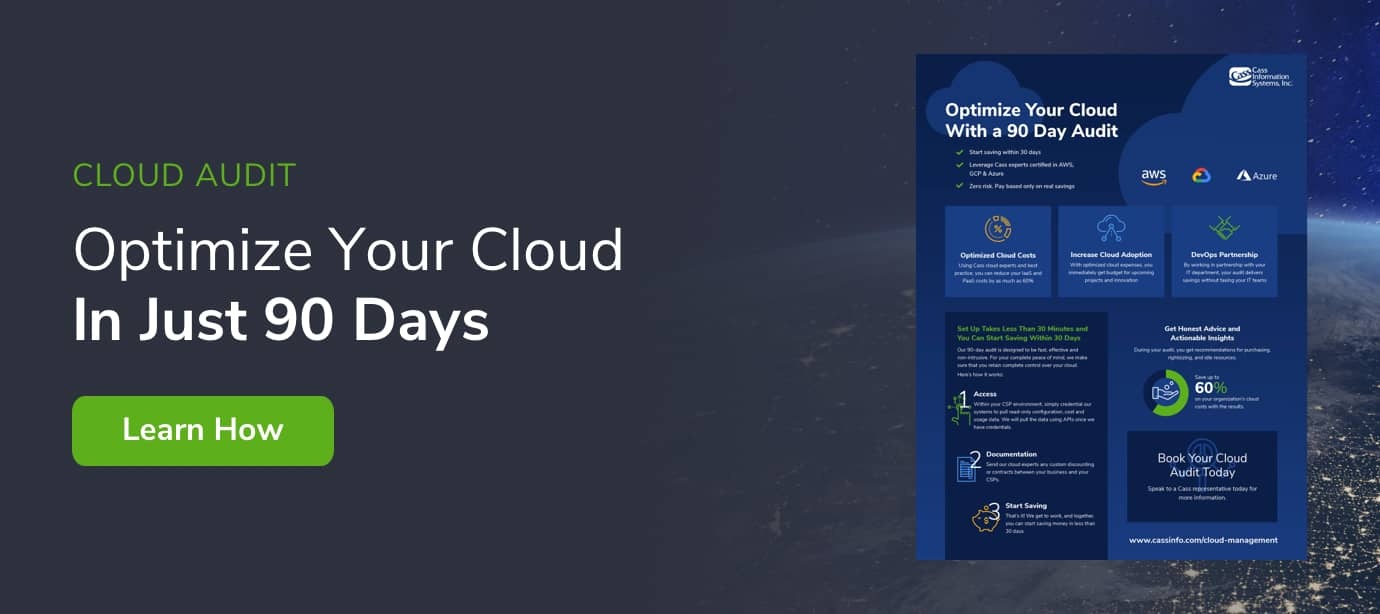Increased public cloud adoption and a surge in demand for data storage mean that enterprises now have a significant data transfer requirement. But often, these data transfers come with hidden costs that can creep up if left unchecked.
While public cloud providers like AWS, GCP, and Azure let you upload data for free, downloading it onto the public internet results in transfer charges. And if your enterprise relocates large volumes of data, these cloud data transfer costs put a serious dent in your monthly cloud budget.
In this blog, we'll demystify these costs and explore how cloud spend management helps you keep them under control.
Why are Cloud Data Transfer Costs Complex?
Cloud data transfer costs often occur outside the purview of IT teams. Without extensive monitoring, it's tricky to keep track of spending in complex multi-cloud environments.
Here are some of the most common offenders when it comes to incurring extra hidden charges.
Transferring Data Outside the Cloud
Data egress fees are one of the most overlooked public cloud costs.
Removing data from the cloud often involves a large data transfer. Usually, public providers will charge between 5 and 20 cents per GB each time you transfer data from their cloud storage to your on-premises location.
While this is unlikely to be an issue for a casual user, large enterprises that move terabytes of data to and from platforms like AWS can be stuck with a sizeable monthly bill. Moving data around to different availability zones and regions can also be costly, so it's important to consider it if you operate an increasingly mobile cloud environment.
Idle Cloud Resources
Every year, organizations waste a huge amount of money on idle cloud resources. These resources are provisioned and paid for but aren't being used. Without visibility over your cloud, it's easy to lose track of these instances, which can result in some unexpected surprises on your cloud bill.
Idle resources can take the form of on-demand instances, databases, load balances, and unnecessary container use. To ensure these don't eat up your budget, make sure you’re turning off idle cloud resources, parking those that can be stopped, and removing those that can’t.
Different Storage Classes
Another area of the cloud that is often shrouded in mystery, is the range of storage classes offered by the major cloud providers. AWS S3 offers different tiers for varying use cases. There's Standard, Standard Infrequent Access, One Zone Infrequent Access, and Glacier.
This can make things confusing, as each storage class has variable pricing. For example, egress charges are more expensive on the Infrequent Access and Glacier tiers than they are on the standard class.
GCP and Azure also offer a range of storage options, so it's important to plan ahead. It pays to do your research and find out your optimum storage class, as it can save you a lot of money in the long run.
Direct Hookup to the Cloud Provider
If you download or move lots of data around the cloud, it can be useful to set up a cloud direct hookup.
A cloud direct hookup establishes a dedicated network connection from your premises to your cloud provider. In many cases, this can reduce network costs, increase bandwidth, and provide a more consistent network experience than a public internet-based connection.
These direct links can be expensive but will result in lower egress charges on data, so can be beneficial if you handle large amounts of data.
How Can Cloud Spend Management Help?
Multifaceted pricing structures, lack of standardization, and poor billing visibility make managing cloud transfer costs an ongoing challenge.
That is where cloud spend management from an experienced provider can help.
Comprehensive Auditing Services
A robust cloud auditing platform provides a solid starting point for optimizing your cloud environment.
It enhances visibility over your cloud infrastructure, locating areas where you can rightsize resources and reduce capacity from unnecessary or hidden cloud services. Regular auditing helps optimize your cloud, so you can operate at peak effectiveness.
Billing and Data Tracking
An integral part of cloud spend management is tracking billing and data. A cloud management provider can streamline your multi-cloud billing into one general ledger, eliminating the stress of managing multiple, disconnected platforms.
Instead of trying to wrap your head around complicated bills, your provider will offer in-depth reporting for total visibility over all cloud assets and associated costs. This gives you transparency over your spending, so you always know what you need to budget for.
Keep Hidden Costs Under Control
If left unchallenged, hidden cloud data transfer costs, idle resources, and overprovisioned resources cause excessive overspending.
By working with a cloud management provider, you can optimize your environment. With visibility into your spending, you can extract as much value from your cloud as possible.

Topics: Cloud Management Services

